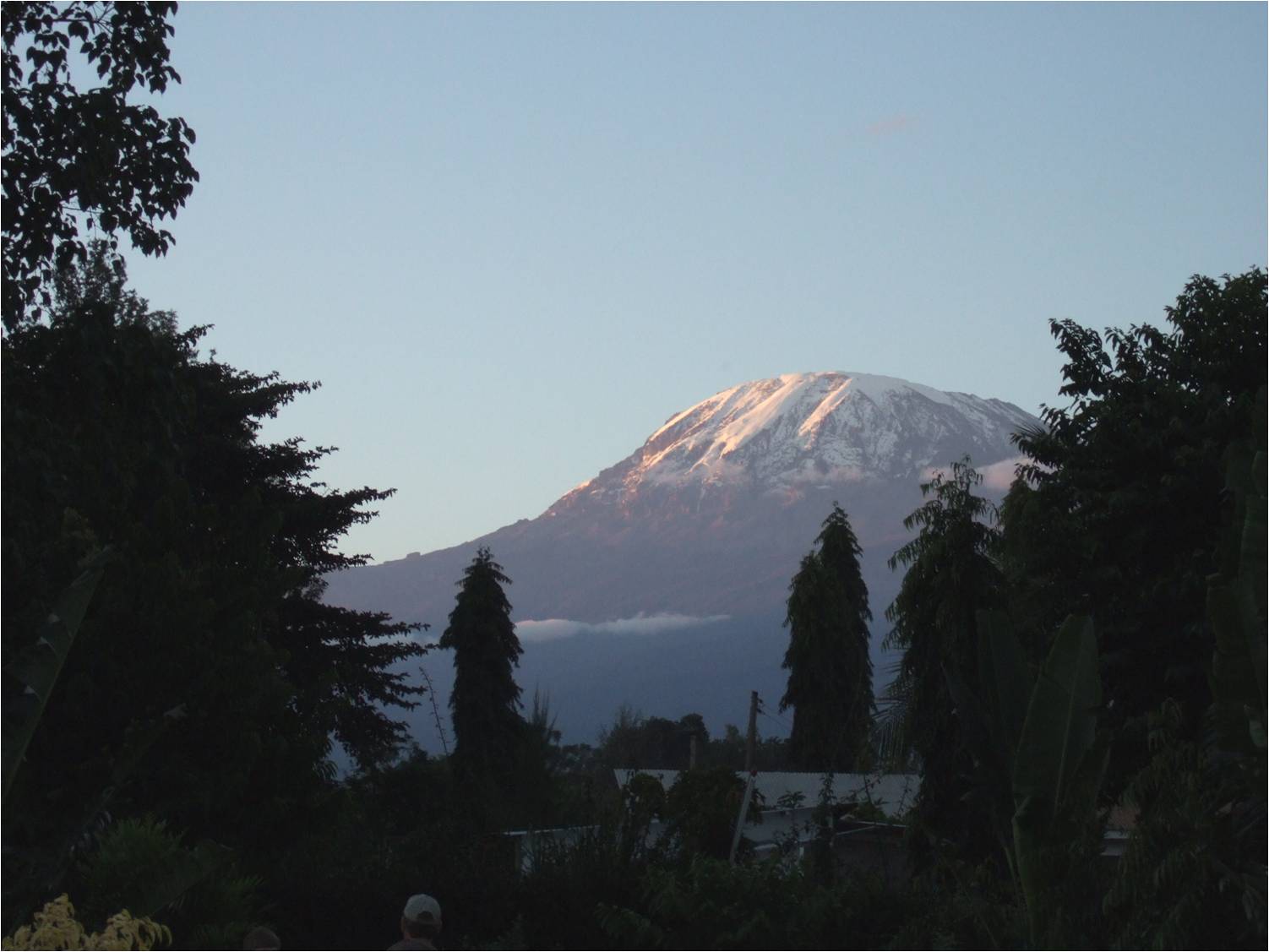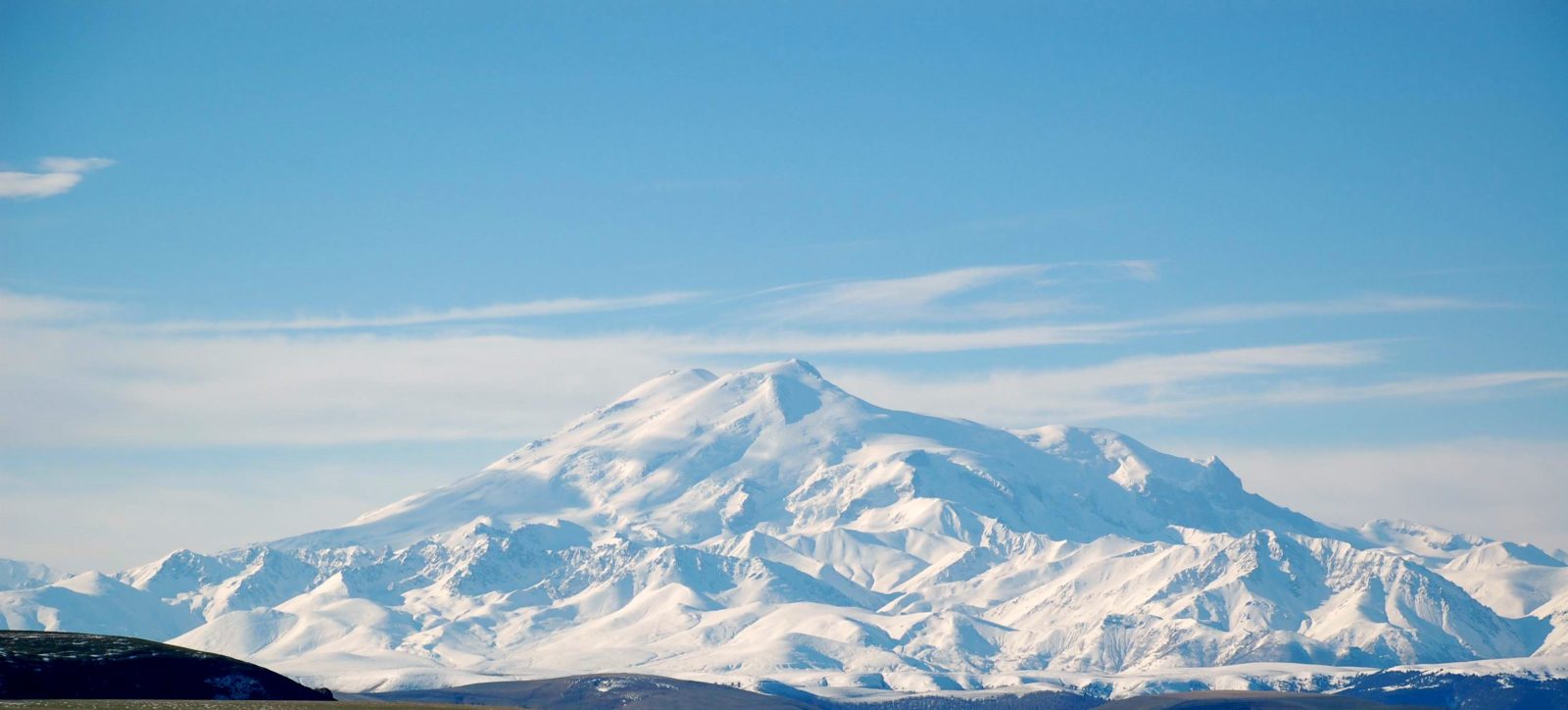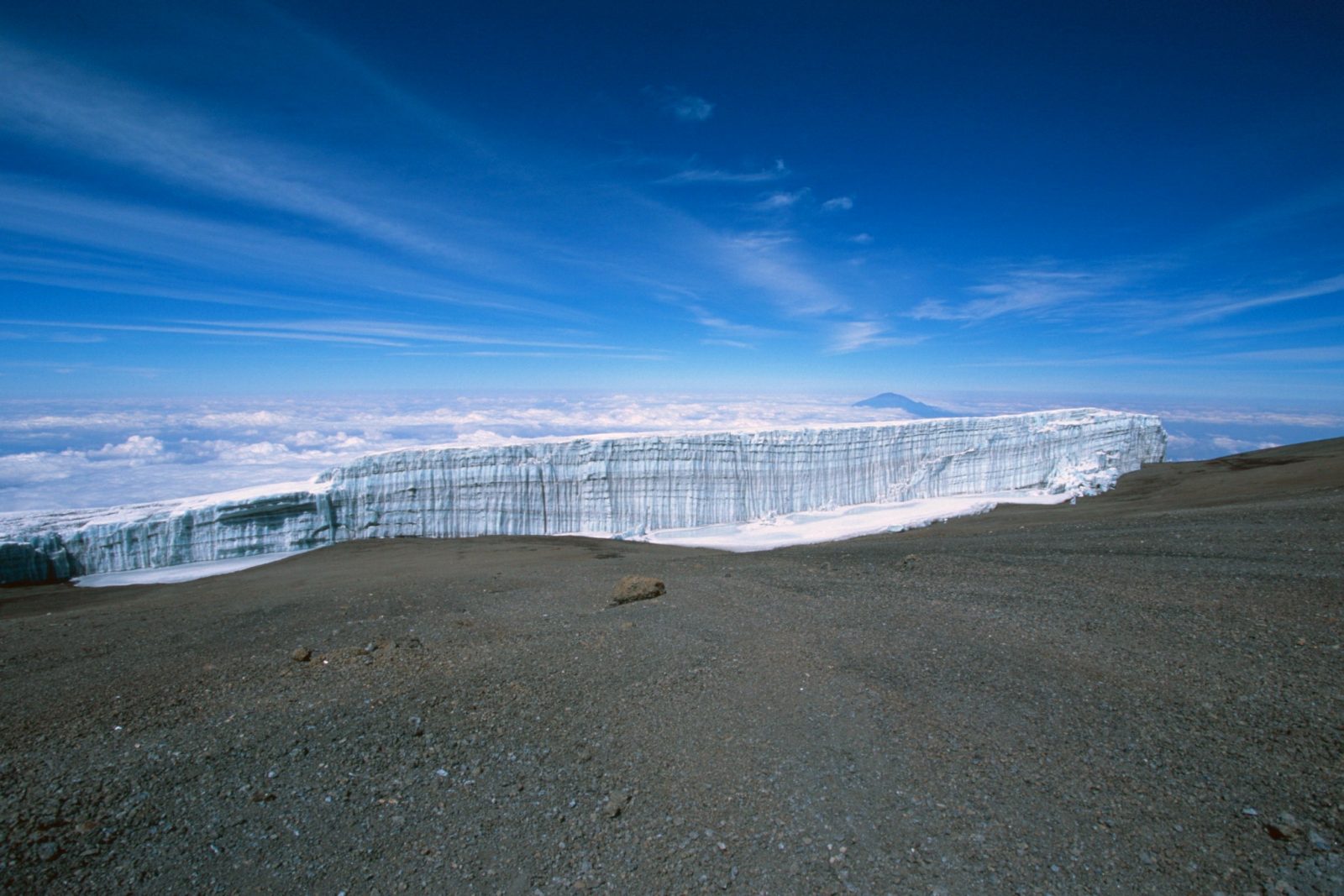
Kilimanjaro Diamox?
Regarding the use of Diamox on a Kilimanjaro climb, there is a tendency now for people to use it as a default drug in order to increase summit success rates and prevent altitude sickness.
Do I use Diamox on Kilimanjaro?
Regarding the use of Diamox on a Kilimanjaro climb, there is a tendency now for people to use it as a default drug in order to increase summit success rates and prevent altitude sickness. This would be a very inappropriate conclusion to make because although the drug is useful for dealing with some altitude symptoms (and it can certainly assist where symptoms like lack of sleep are causing a problem), it should not in any way detract from the more important acclimatisation rules in mountaineering, most relevant being the number of days on the mountain.
The statistics for failure and success on Kilimanjaro can only be properly understood in light of the number of days spent on the mountain. For 7 days the rate is consistently around 85%-90%, for six days it goes down 65% and for the people who try it in 5 days the rate drops to well below 50%. So although this may bring the average down, the right question to ask is the rate specifically for seven days.
Diamox has certain benefits attached to the ability to acclimatise, but it also has significant disadvantages. Primarily it’s a strong diuretic so dehydration is a big concern, not least because you have to get up multiple times in the night for a pee. It creates a sensation of tingling all over the face and in the hands which some people find unpleasant. It also has the psychological consequence of making people think they are somehow invincible, which leads to bad decision making on the mountain. Over the years I have seen some terrible examples of pill-popping which has resulted in people getting in more danger and hurting themselves more than if they had never taken the drug.
However, in cases of mild altitude symptoms – AMS – which is to be expected with at least three-quarters of any team, Diamox given in small doses in the morning (half a 250mg tablet) will assist in better sleeping and it will help the body adjust to the increased nocuous atmosphere. Usage should be monitored with a pulse oximeter (all our staff carry them) to check pulse rate and oxygen saturation. As a general guide it is useful in letting you know how people’s bodies are reacting. Since going to altitude is a form of hypoxia, you would expect every human body to react in some way, even if it is just feeling much more tired than usual and yawning a lot. Unfortunately, AMS is a pretty random phenomenon and every metabolism reacts differently to it, so some people will have a hard time of it while others will think they’ve ‘got away with it’. Actually they haven’t, because every human body has to produce additional erythropoetin in order to make more red blood cells to carry less oxygen round the muscles so we can live.
I would use Diamox sparingly but try to avoid the attitude that without them you’ll definitely get altitude sick. On Mount Aconcagua the Park Doctors, specialists in high altitude medicine, avoid using it where possible. They much prefer to look at diet (reduced salt will reduce blood pressure for example) and a better acclimatisation plan. They advise spending longer just doing nothing and letting the body adapt. On Mount Kilimanjaro our programme allows two such days sleeping at the same altitude which gives everyone the chance to achieve summit day without hurting themselves.
Also do be aware that proper altitude illness – like a cerebral oedema or pulmonary oedema (which will be very obvious since they will incapacitate the patient almost completely), actually needs a variety of drugs plus an immediate descent. ‘Dex’ (dexymethasone) and Nifedipine are both used for oedemas and pulmonary oedema can occur on the descent as well as the ascent. My experience is that people hear anecdotally of Diamox as a kind of wonder drug but are unaware of all the other drugs and how to use them.
Thankfully the number of my clients suffering from serious altitude problems and having to descend is very few; it does happen, but my staff have received training from a high altitude medical company based in the UK and they are well aware of the symptoms and what to do. The main reason for not summitting is just because of feeling tired on the day and just finding it too hard.
Whether you climb via the Kilimanjaro Machame route, the Mount Kilimanjaro Lemosho route, Mount Kilimanjaro Rongai route or the Mount Kilimanjaro Northern Circuit route – all face similar issues with acclimatisation, though the longer routes are of course better, as your body has more time to adapt.
Finally, you’ll find some good articles on the More Info section of my website when you go to any Kilimanjaro page, all about acclimatising safely and altitude treatment. You might want to share them with your clients since an informed climber is undoubtedly a less nervous one and therefore much more likely to enjoy the experience.
Related Articles

12 MONTHS, 12 MOUNTAINS
In celebration of World Mountain Day, we've created a calendar for the year to make it easy for you to plan your next mountain climb in the...

Why Kilimanjaro is a Great Mountain for Any Bucket List
Climbing one of the world’s tallest mountains is not a decision to be taken lightly – it will take endurance, a decent amount of fitness...

Kilimanjaro Compared to the Other Seven Summits
The 'Seven Summits' is a challenge first proposed and then completed by Richard Bass in 1985. The 7 Summits consists of climbing to the highest...

What’s The Highest Mountain in Europe?
Its summit is 18,510 feet (5642 meters) above sea level and it is located in Russia. However the mountain itself - including the glaciers...

How can I Climb Kilimanjaro for Charity?
We often get asked, ‘how do I climb Mount Kilimanjaro for Charity?’ and the answer is easy, call us to have an initial talk about...

Huts on Mount Elbrus
Years ago when I was guiding clients with my Russian friend Sasha Lebedev to climb Mount Elbrus during the ‘perestroika’ period after...

Faking Mount Everest?
An interesting story has come about towards the end of this years season on Mount Everest concerning the claim from an Indian climber that his...

What to Wear on Kilimanjaro
What to wear on a Mount Kilimanjaro Trek is probably the question we get asked most and there is, of course, a kit list for...

Weather and Seasons on Kilimanjaro
There is a magic about standing on the Roof of Africa. Mount Kilimanjaro, Africa's tallest mountain, stands 5895m above sea level. The climb...
